Here’s How Horticulturalists Made the Michelle Obama Orchid
This year’s orchid show takes over the cavernous naturally-lit Kogod Courtyard with thousands on view
/https://tf-cmsv2-smithsonianmag-media.s3.amazonaws.com/filer/8d/16/8d1697bc-7e8b-4b2d-a827-71b5904677fe/obamacrop.jpg)
In 2009, orchid grower and connoisseur Arthur E. Chadwick, owner of Chadwick & Son Orchids, arrived at the Harrison Opera House in Norfolk, Virginia. He was there to meet the then-First Lady Michelle Obama at a private reception. In his arms, he was juggling an arrangement of five gorgeous orchids with blooms in hues ranging from lavender to fuchsia.
The plants, cultivated by Chadwick himself, were a specialized breeding of the hybrid Cattleya Mini Purple and the species Cattleya trianaei to create a new variety that would be known as Cattleya Michelle Obama. The orchids were to be presented as a gift to Obama, the 14th consecutive First Lady to have a cattleya orchid named in her honor.
But to Chadwick’s dismay, Secret Service agents would not permit the flowers into the reception without first scanning them for explosives, and worse—no scanning equipment was available. After much negotiation, a compromise was reached. Chadwick was permitted to select two of the blooms for the formal presentation to the First Lady. Though the two blooms were comically spare in contrast with the original bouquet, Obama was delighted. “She thought it was great, she really did,” says Chadwick, who also presented the First Lady with a certificate from Royal Horticultural Society, declaring the flower’s official international registration.
The Cattleya Michelle Obama is part of a tradition of naming orchid varieties after First Ladies that dates back to 1929 beginning with the Mrs. Herbert Hoover orchid—Chadwick has been responsible for the creation of the last five, Barbara Bush to Melania Trump.
The orchid Michelle Obama takes a full seven years to grow from seed to a mature plant, but the flower six weeks. “The color is really spectacular—just a beautiful, glistening magenta, and the fact that the flower just lasts forever, that’s unheard of for cattleyas,” says Chadwick, adding that the flower is accessible as well as elegant, much like the first lady herself. “It’s a compact grower, it’s something that anyone could put on their windowsill.”
Smithsonian visitors can now view Chadwick’s striking floral homage to the 44th first lady at the Robert and Arlene Kogod Courtyard in Washington D.C.’s Old Patent Office Building, home of the Smithsonian American Art Museum and the National Portrait Gallery.
The namesake flower is just steps away from the powerfully eloquent portrait that artist Amy Sherald created of Obama, and which was unveiled last February alongside Kehinde Wiley’s portrait of President Barack Obama. The Obama portraits have since drawn a record number of visitors to the museum.
The orchid Michelle Obama is on display as part of the Smithsonian Gardens and U.S. Botanic Garden’s 24th annual orchid exhibition, “Orchids: Amazing Adaptations.” Under the high glass ceiling of the cavernous Kogod Courtyard, eight beds of artfully-arranged orchids are awash in natural light amidst neutral foliage; and the display is breathtaking. Over the course of the show, thousands of orchids of several hundred varieties will be featured. To the discerning eye, the individual plants are a botanical wonder of not just beauty, but functionality, with outer petals, known as sepals, protecting inner petals, and the sometimes large and complex middle petals ingeniusly optimized for the attraction of pollinators.
Orchids are a paradoxically delicate yet durable plant. They are highly adaptable and grow on every continent except Antarctica, but are often finnicky and deeply affected by environmental change, the proverbial canaries in the coal mine in regards to climate change. To demonstrate the orchid family’s incredible biodiversity, the exhibition features eight themes: the anatomy of an orchid; orchids that grow on other plants; terrestrial orchids that grow on the ground and those that grow on rocks; protection of orchid habitats; an overview of the living collections; pollinator relationships; attraction and deception; and examining what is a habitat.
“This year’s show focuses on what makes orchids so amazing,” says Justin Kondrat, lead horticulturalist at the Smithsonian Gardens orchid collection. “It looks at why orchids have been cultivated for centuries, and why people are so interested and just blown away by this beautiful flower.”
This is the first year the exhibition takes place at the Kogod Courtyard—last year’s show was held at the U.S. Botanic Garden, and the year before at Smithsonian’s Hirshhorn Museum. Horticulturists at Smithsonian Gardens and the U.S. Botanic Garden partnered with curators at the American Art Museum to create a unique display that complements both the floral display and the surrounding space. Smithsonian Gardens horticulturist Melanie Pyle says she is especially excited about the arrangement this year, playing with new ways of displaying the Gardens’ collections. “We try and show the orchids in the way that they grow, meaning terrestrial versus epiphytic,” says Pyle, in the latter case referring to the orchids that grow anchored to other plants, especially trees. She is particularly eager to point out new vine stands incorporated into this year’s display, wooden structures that would feel at home beside contemporary sculpture in the host museum’s Luce Foundation Center.
Horticulturalists will be changing out the orchids every one to two weeks to ensure they are safe and well preserved. “Each orchid bloom is a special moment in time,” says Kondrat.
The show draws from the living collections of the Smithsonian Gardens and the U.S. Botanic Garden, focusing primarily on tropical orchids. From the clustered, asparagus-like Epidendrum coriifolium to the delicately freckled terrestrial Jasper Glow Lady Slipper orchid, the exhibition shows the orchid family’s incredible range. “Every orchid has its own story,” says Kondrat. “There’s an orchid for everyone.”
“Orchids: Amazing Adaptations,” a joint collaboration between the Smithsonian American Art Museum, the National Portrait Gallery, the Smithsonian Gardens and the U.S. Botanic Garden, is on view through April 28, 2019 in the Kogod Courtyard of the Old Patent Office Building, 8th and F Streets, NW, Washington, D.C.
/https://tf-cmsv2-smithsonianmag-media.s3.amazonaws.com/accounts/headshot/AnnaWhite.jpg)
/https://tf-cmsv2-smithsonianmag-media.s3.amazonaws.com/filer/be/26/be269072-c448-44fb-b8cc-4263bca2006c/2008-0182_a_jo.jpg)
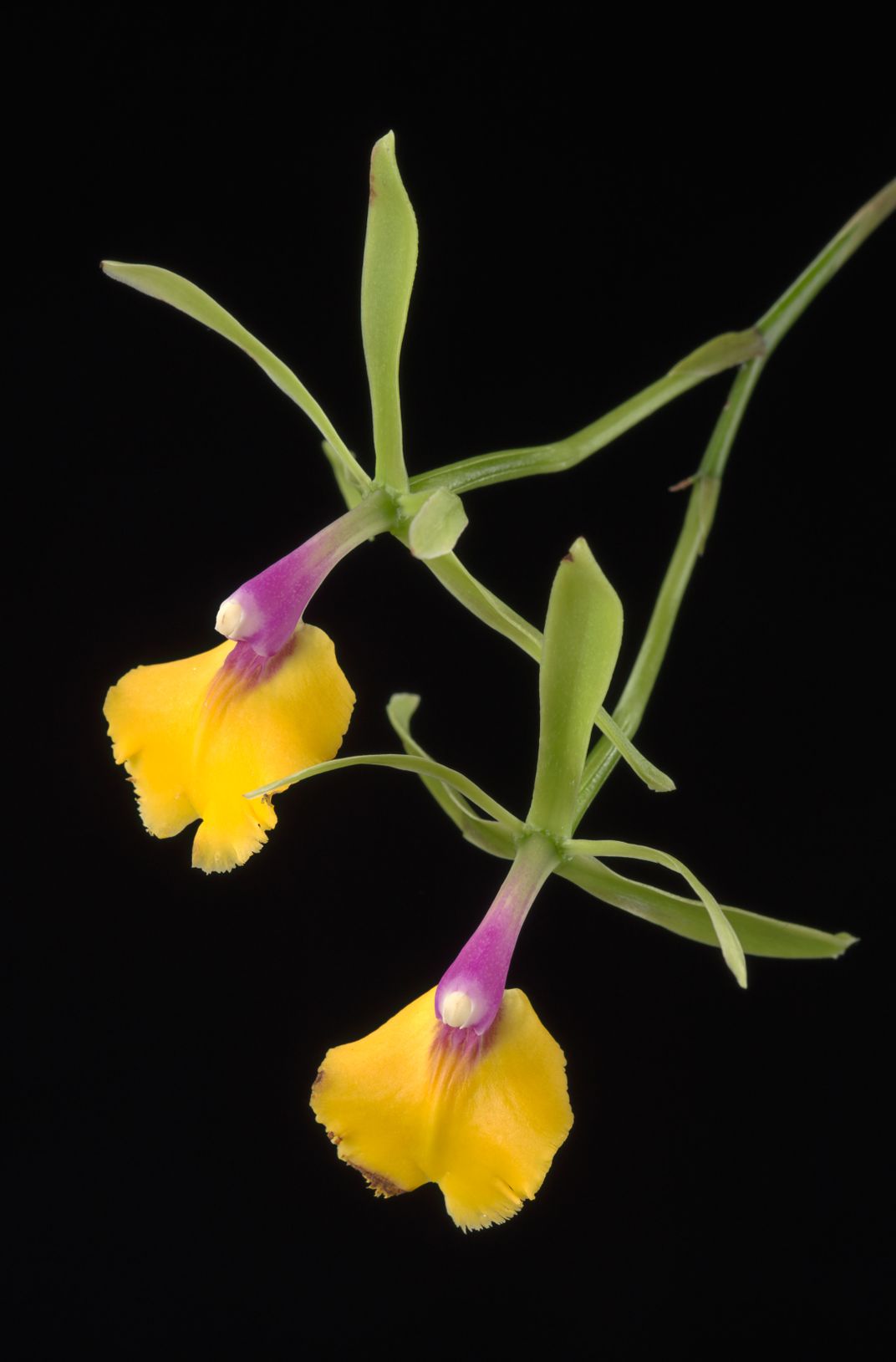
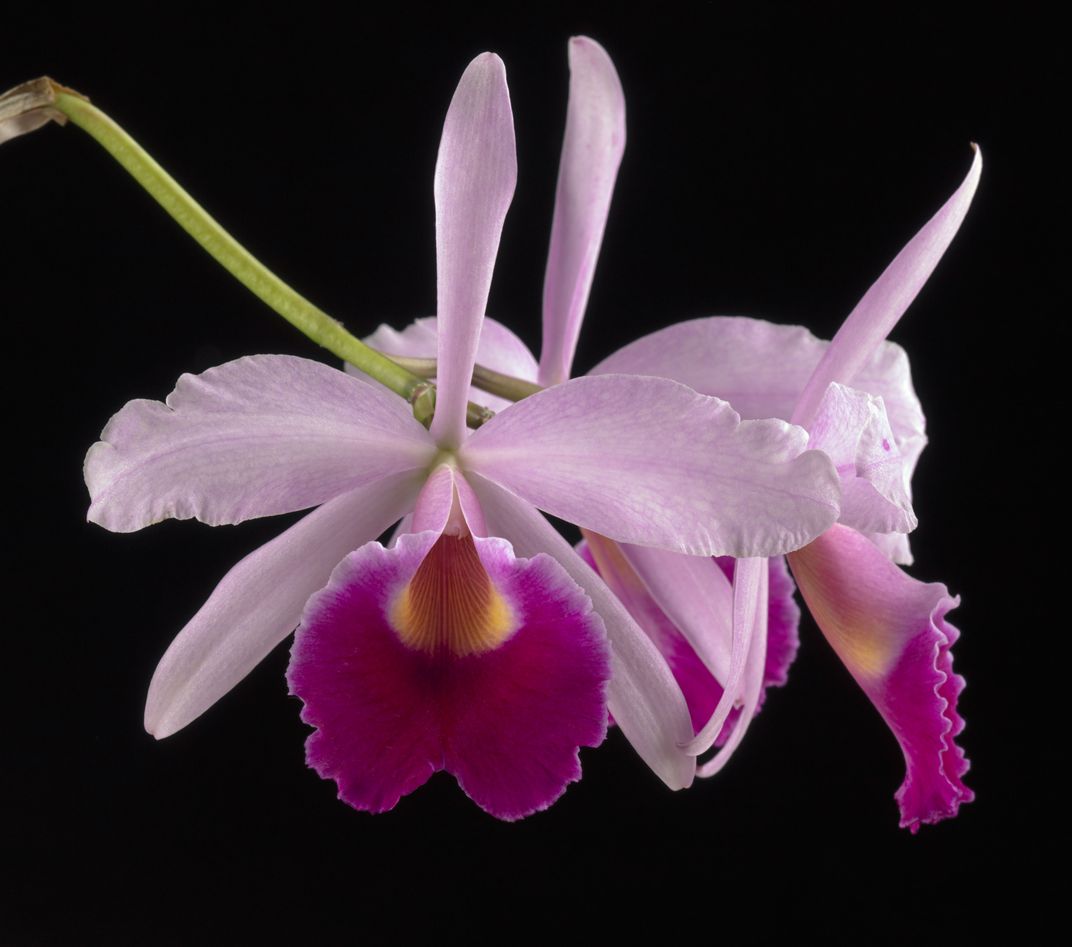
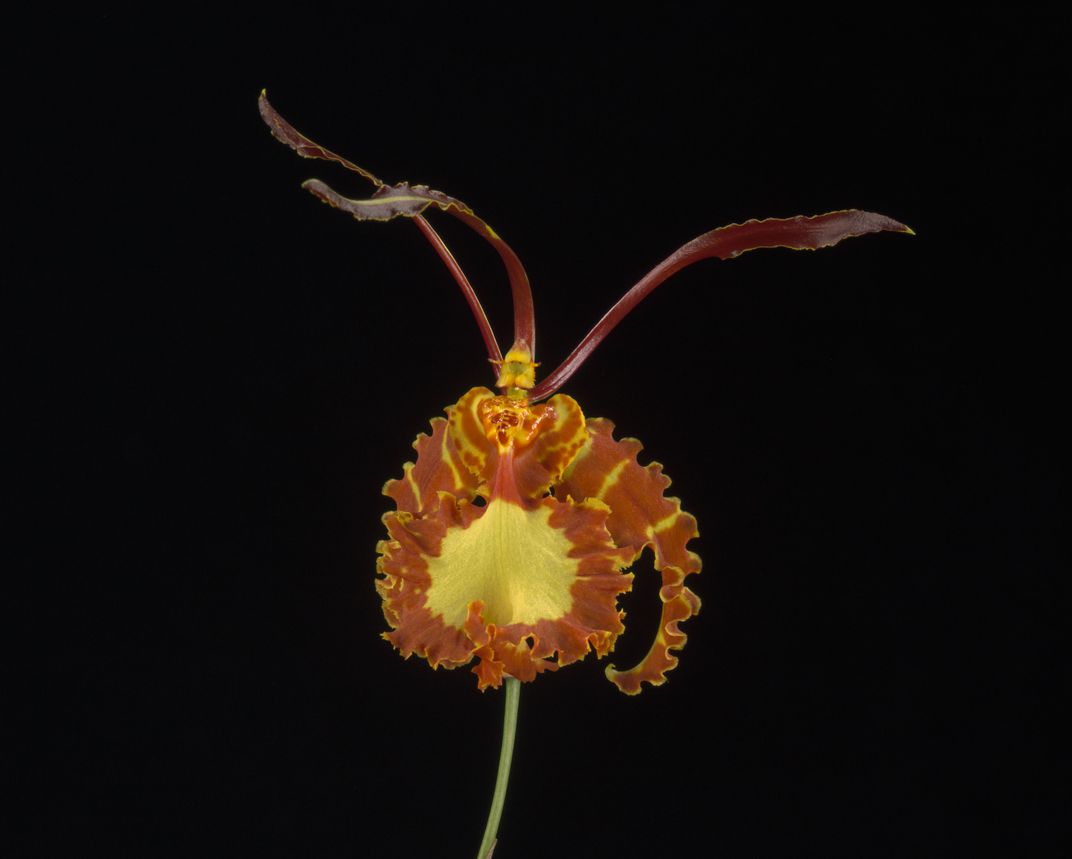
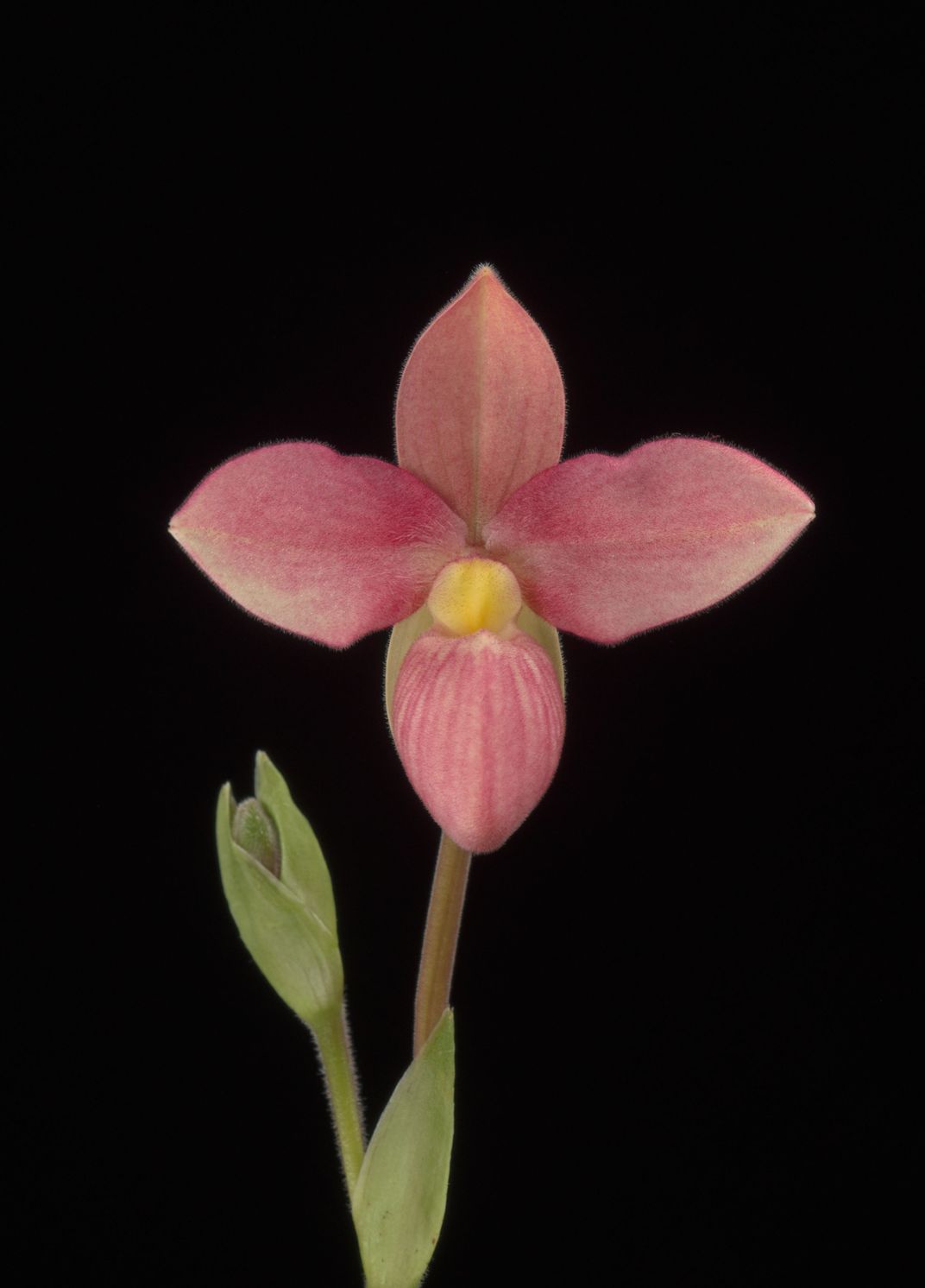
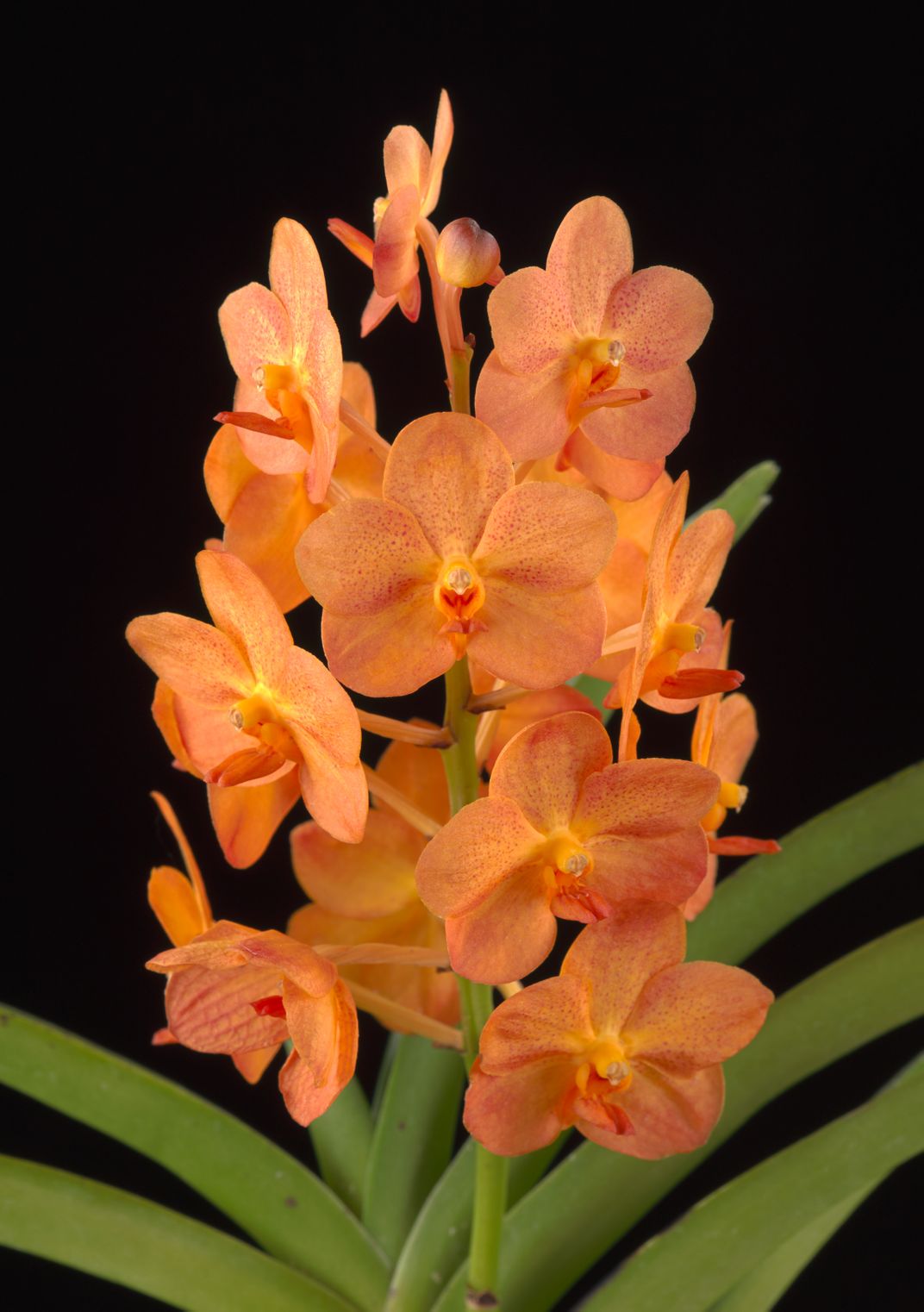
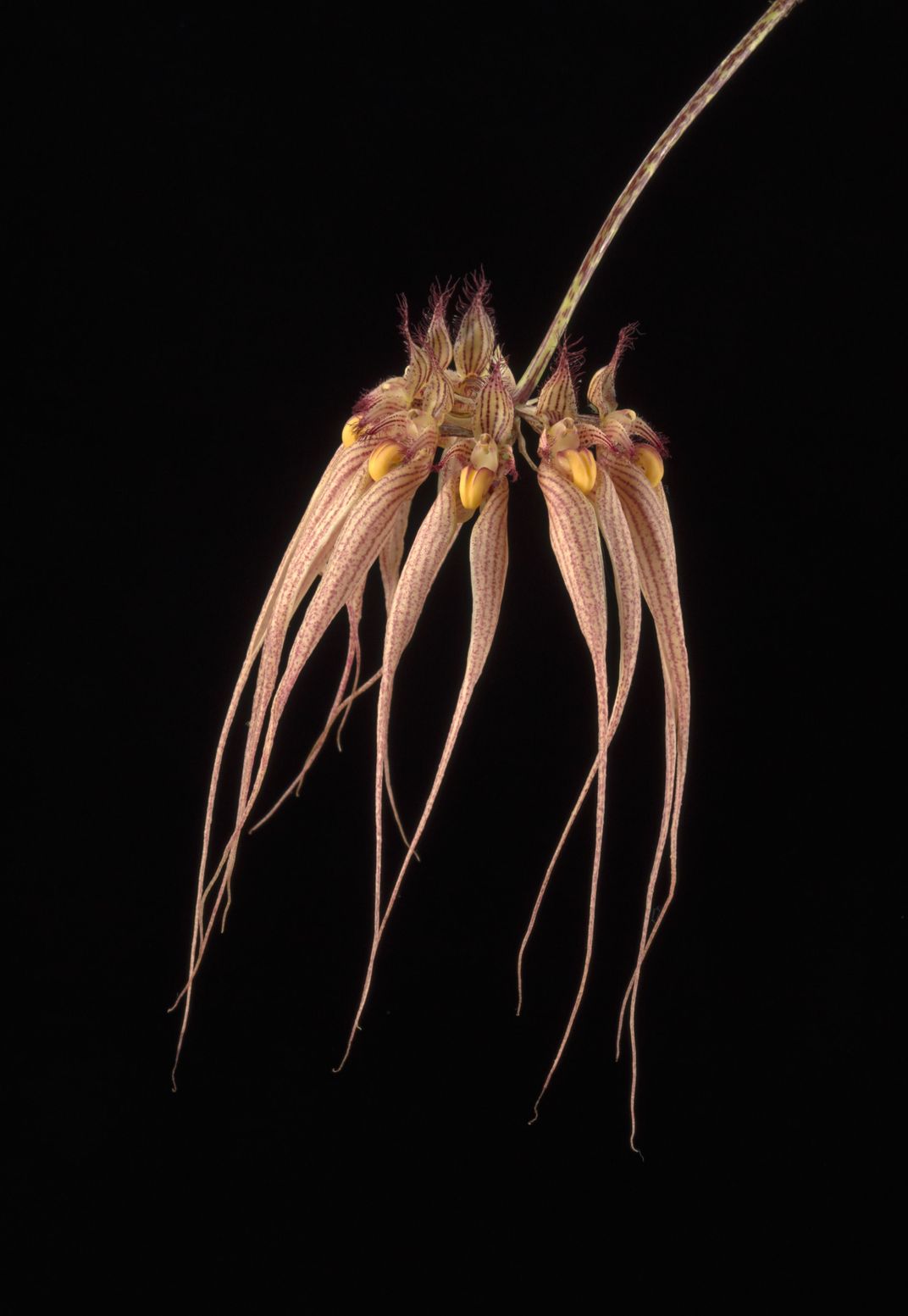
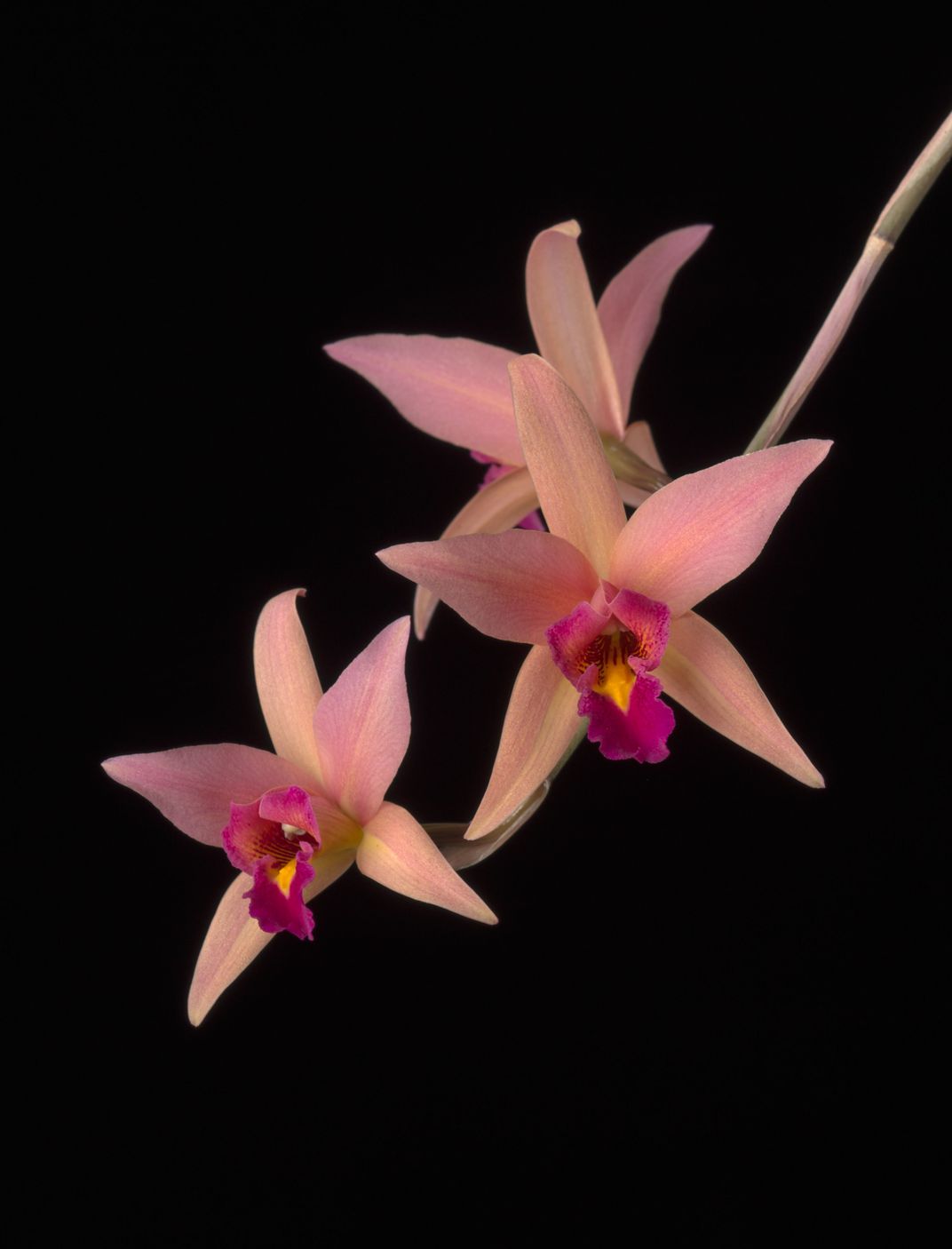
/https://tf-cmsv2-smithsonianmag-media.s3.amazonaws.com/accounts/headshot/AnnaWhite.jpg)